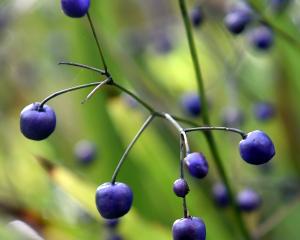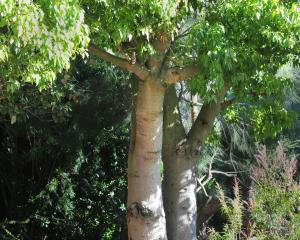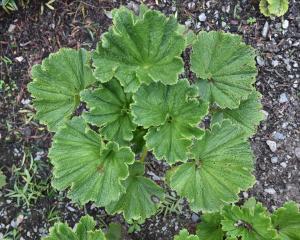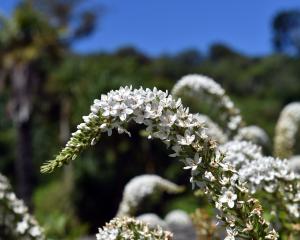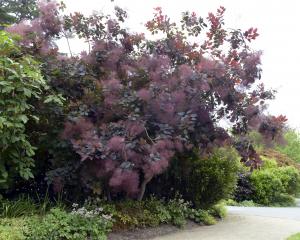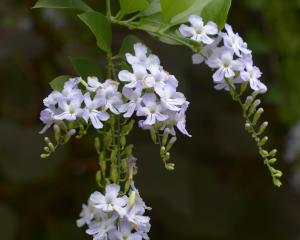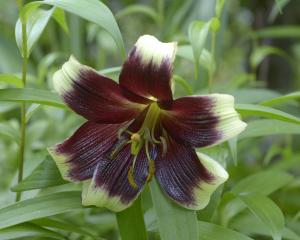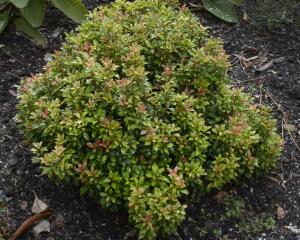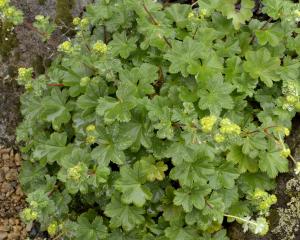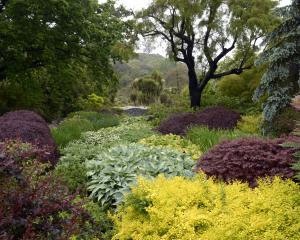This also creates visual impact, especially during flowering, and makes good management sense, grouping plants which require the same conditions.
> Draba cuspidata is a small bun-shaped perennial from eastern Europe. Tiny green hummocks in early spring are covered in bright yellow blooms, looking brilliant planted en masse. These enjoy a sunny spot and dry rocky ground which does not get too wet over winter.
>The hairy flower buds of Pulsatilla emerge before the feathery foliage. A member of the buttercup family, these plants prefer an alkaline soil, and will self-seed, slowly forming patches. The roots resent disturbance, preferring to be left to form clumps.
>Bulbs grow well in colonies and look impressive when planted in large numbers. Many early species are flowering at present, including Narcissus bulbocodium, the hoop petticoat daffodil.
This is native to the western Mediterranean and is one of the first to flower. It prefers a slightly acidic soil which is not too dry in the spring.
It will quickly form clumps, and is a good bulb to naturalise in grass.
It's the little things that make up the big picture.
The Rock Garden at Dunedin Botanic Garden may be large, but on close inspection it is packed with hundreds of different species, which together make up a colourful, ever-changing tapestry.
- Robyn Freeth is the rock, water, and alpine collection curator at Dunedin Botanic Garden

